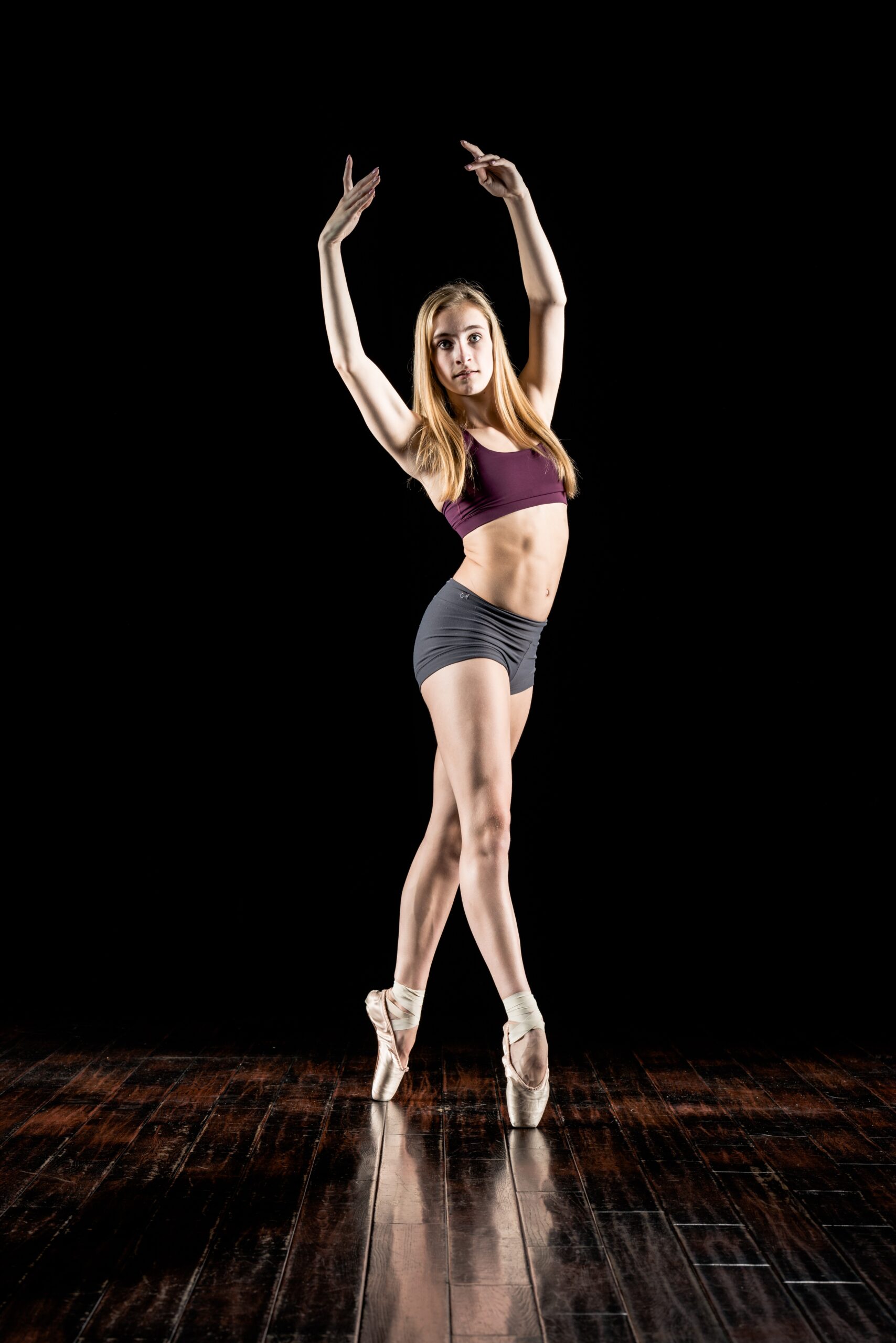Belly dancing is not only an enchanting form of art and exercise, but it also carries a rich history and cultural significance. As you shimmy and sway to the beat, there are countless interesting elements about this dance form that remain less known to many. To remedy that, here are 30 fun facts about belly dancing that may surprise you.
- Belly dancing originated from the Middle East and North Africa. This form of dance is deeply embedded in their culture and traditional celebrations.
- The term ‘Belly Dancing’ is a Western one. In Arabic, it is called Raqs Sharqi which translates to “Dance of the East.”
- Egyptian tomb paintings dating back to the 14th century BC depict early forms of belly dancing, making it one of the oldest recorded dance forms.
- Traditionally, belly dancing was performed by both men and women. In some cultures, it was a communal dance done at celebrations.
- Belly dancing was brought to the U.S. during the 1893 World’s Fair in Chicago, where it was labeled as “belly dance” for the first time.
- The dance form is often associated with the ‘Goddess culture’ due to its emphasis on the feminine form and energy.
- Despite the name, belly dancing involves the whole body – arms, hips, chest, and belly. The isolation of different body parts is a fundamental element of this dance form.
- It is an excellent form of exercise. Belly dancing burns up to 300 calories per hour, making it a fun way to keep fit.
- Belly dancers use various props such as swords, veils, and cymbals (zills) to add more flair and complexity to their performances.
- Improvisation plays a significant role in belly dancing. Dancers often interpret the music spontaneously, making each performance unique.
- Belly dancing costumes are often vibrant and elaborate. The Bedlah style, consisting of a fitted top, a flowing skirt, and a hip belt, is a popular choice.
- It’s a low-impact workout, making it suitable for people of all ages and fitness levels.
- Belly dancing can improve posture and flexibility. It strengthens core muscles that are not often used in other workouts.
- Shimmies are quick, vibratory movements often performed in belly dancing and are used to interpret fast music and drum solos.
- Belly dancing has therapeutic benefits. It can enhance mood, reduce stress, and even help with childbirth by strengthening pelvic and hip muscles.
- In the past, belly dance was often performed during fertility rites or parties preparing a young woman for marriage. Today, it’s mostly performed for entertainment and artistic expression.
- Snake arms, a common belly dance move, imitate the movement of a snake and help to improve upper body flexibility.
- The belly dance community has embraced the art of fusion. Many dancers incorporate elements of other dance styles like Flamenco, Bollywood, or even Hip-Hop into their performances.
- Belly dancing was once considered a sacred dance, used for spiritual rituals across different cultures.
- Unlike many Western dance forms, belly dancing celebrates all body types. It’s about embracing your individuality and personal style.
- In belly dancing, the focus is often on the solar plexus and the navel area, believed to be a source of individual power and life force.
- The Figure 8 move, often used in belly dancing, mimics the symbol of infinity, symbolizing the cyclical nature of life.
- Belly dancing has influenced many contemporary dance forms. For example, the popular Latin dance style, Salsa, has elements of belly dancing in it.
- There are several styles of belly dancing, including but not limited to Egyptian Raqs Sharqi, American Tribal Style, and Turkish Oryantal.
- Belly dancing can also be a social activity. Many cities have local belly dance communities where people can learn, practice, and perform together.
- Dancing barefoot is common in belly dancing. It helps the dancer to feel grounded and connected to the earth.
- Traditional belly dance music often features instruments like the oud, qanun, darbuka, and riq.
- Belly dancers often wear coin belts. The coins make a pleasing sound when the dancer moves and symbolizes wealth and prosperity.
- In belly dance, the movements are often soft and fluid, representing elements of nature such as water and wind.
- It’s not just for women! Male belly dancing is gaining popularity worldwide, breaking gender norms and diversifying the art form.
Conclusion:
Belly dancing is a mesmerizing dance form, teeming with cultural richness and individual expression. Whether you’re a seasoned belly dancer or someone who’s just discovered the enchanting world of this dance, these fun facts about belly dancing should give you a newfound appreciation for its beauty and significance. Remember, belly dancing is about joy, creativity, and embracing your unique rhythm. So, let’s dance!
